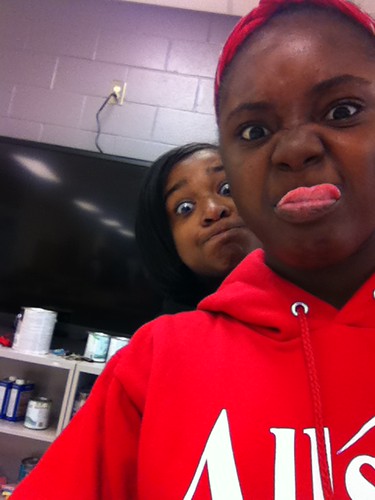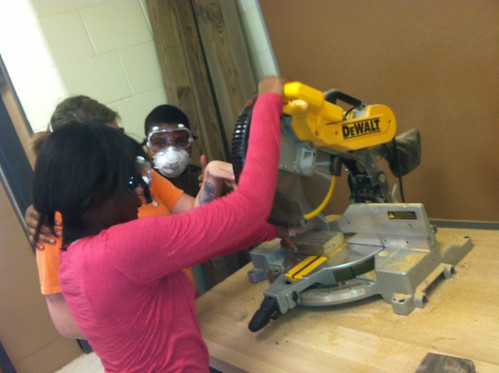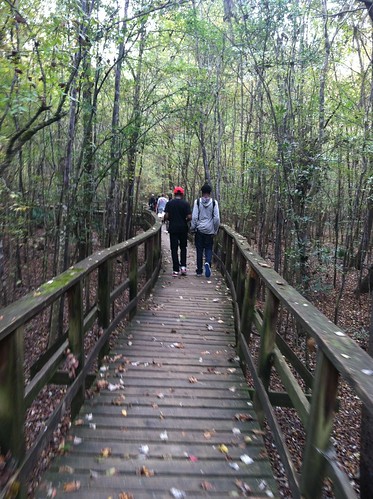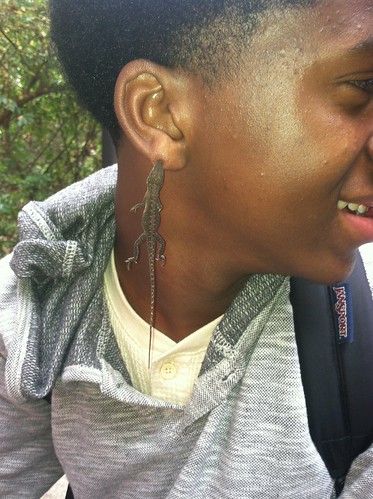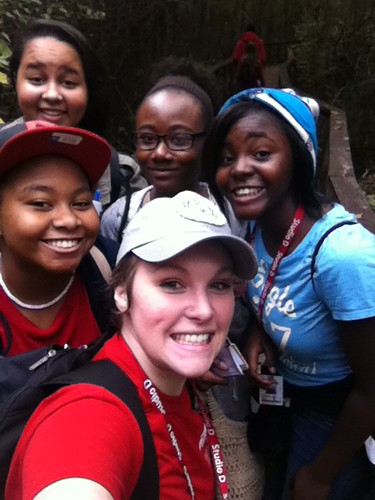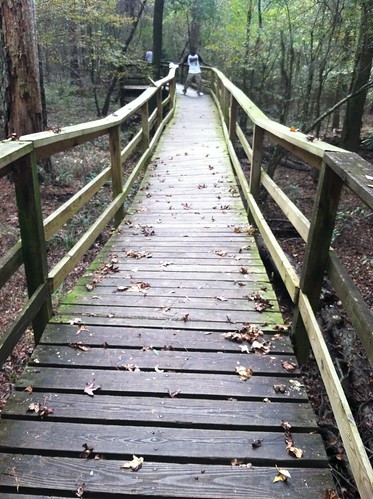Students are currently reading the
New York Times bestseller
The Book Thief, set in 1939 Germany
, as we embark on a study of human rights. They are really loving the novel! (They are also excited by the prospect of the
movie coming out, which was news to me! I have begged them all NOT to go and see it yet, lest they spoil the rest of the book for themselves. We will see who can hold out!)
We began by reading the book aloud in class, stopping to discuss and take notes as we read. Throughout our reading of the prologue, I did a "
think-aloud" for students, questioning the text, deciphering unknown words, and modeling how I determine which parts of the text are important enough to take notes on, and which parts are just extra details. Once we finished reading and discussing the prologue we wrote a class
summary of it, and again I modeled how to write a successful summary and how to select which details are important enough to include and which we could leave out.
Since then we also began reading Part One of the novel aloud in class, continuing to take notes as we read, in an effort to engage in
active reading, reading with the intent to critically engage the text, understand it, and ultimately be able to analyze and evaluate it. For days, students have been engaged in class, taking notes, making predictions, asking great questions, providing evidence from the text to support their points, and staying really focused as we work!!
And then something happened.
I sent students home over the weekend with a few chapters to read by themselves and the promise of a quiz on the material when they returned. For the most part, the quiz was a disaster. When I said, "But you were doing so well in class as we worked together - What happened?!," students responded, in writing:
"I did not comprehend."
"Some of the questions on the quiz didn't match the notes I had taken."
"I didn't read it at all. I completely forgot I had to read."
"I think when I was reading I wasn't paying attention to detail because I was also watching TV while I was reading."
"I really wasn't expecting some of the questions."
"I couldn't remember what I read."
"I didn't attempt to read the book. I wanted to play basketball instead."
"I didn't pay attention to what I was reading."
Students' answers indicate a wide range of issues. Some students simply are not completing work unless someone is standing over them, making them do it. Some students are not managing their time wisely and are only completing portions of their assignments. Some students aren't keeping up with assignments and deadlines because they aren't using a calendar and a daily "to-do" list. These are issues we can and do address each and every day in Studio D.
But the real issue I want to address, the issue I HAVE to address, is the issue of reading but not comprehending, reading but then forgetting what they've read, reading but not being able to distinguish which details are the most important or not being able to anticipate what questions might be on a quiz. THIS is what we began working on today. Students began taking notes on reading strategies that will help them succeed, and we will continue this discussion in the coming days and weeks. We will take more time to read
The Book Thief aloud together in class, and to discuss and analyze the novel. But students also know that more and more they will be expected to read independently, and actively, and that ultimately they DO have enough strategies at their disposal to read successfully.











